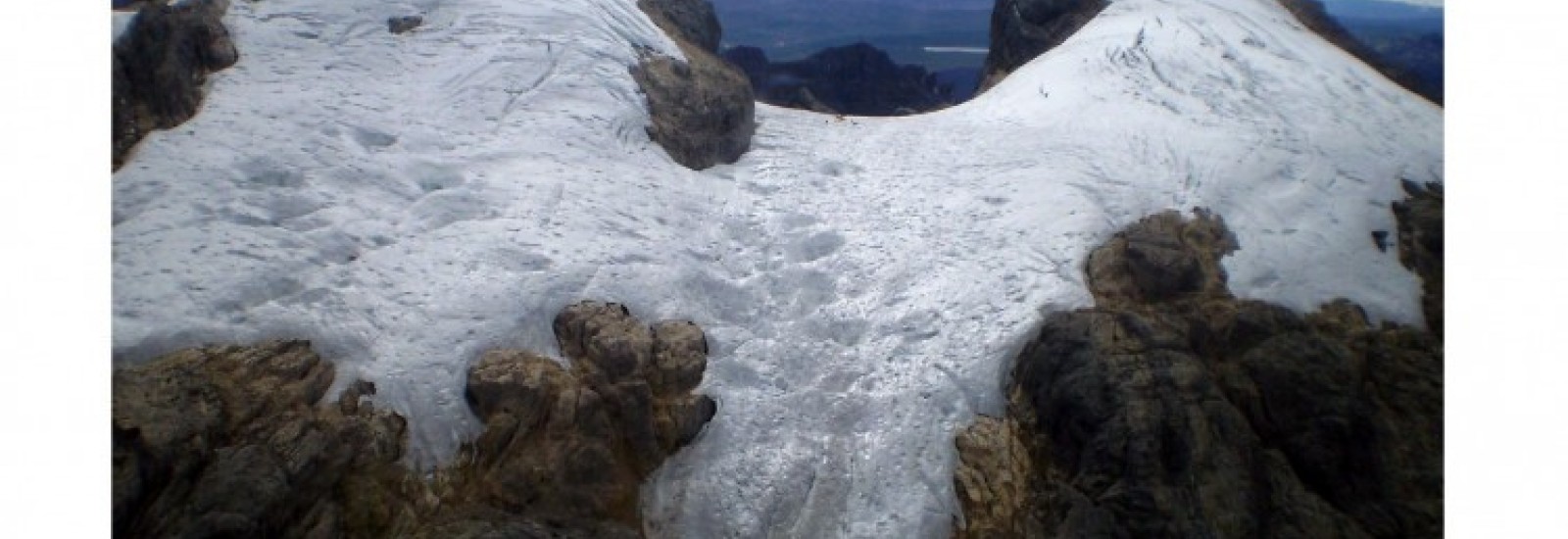The last remaining tropical glaciers between the Himalayas and the Andes will disappear in the next decade – and possibly sooner – due to climate change, a new study has found.
The glaciers in Papua, Indonesia, are “the canaries in the coal mine” for other mountaintop glaciers around the world, said Lonnie Thompson, one of the senior authors of the study published today in the Proceedings of the National Academy of Sciences.
“These will be the first to disappear; the others will certainly follow,” said Thompson, distinguished university professor in the School of Earth Sciences and senior research scientist at the Byrd Polar and Climate Research Center at The Ohio State University.
The glaciers, atop a mountain near Puncak Jaya, on the western half of the island of New Guinea, have been melting for years, Thompson said. But that melt increased rapidly due in part to a strong 2015-2016 El Niño, a phenomenon that causes tropical ocean water and atmospheric temperatures to get warmer. El Niños are natural phenomena, but their effects have been amplified by global warming.
The study suggests that the glacier will disappear in the next 10 years, most likely during the next strong El Niño.
Thompson said it is likely that other tropical glaciers, such as those on Kilimanjaro in Tanzania and Quelccaya in Peru, will follow.
“I think the Papua, Indonesia, glaciers are the indicator of what’s going to happen around the world,” Thompson said.
Thompson and his team have been monitoring the glacier since 2010, when they drilled ice cores to determine the composition and temperature of the atmosphere around the glacier throughout history. Even then, the glacier was shrinking. That melt started at least 150 years ago, Thompson said, but has quickened in the last decade. The researchers found signs of melting at both the top of the glacier and at the bottom.
During the 2010 drilling expedition, the team installed a string of PVC pipe sections, connected by a rope, into the ice. Their idea was to measure how much ice had been lost by periodically measuring the rope sections left uncovered as the ice melted.
When the stake was measured in November 2015, about five meters of rope had been uncovered, meaning that the glacier surface was melting at a rate of about one meter per year. A team went back in May 2016, and saw that an additional approximately 4.26 meters of rope had been uncovered – a rapid increase in melting over just six months.
The team also measured the extent of the glacier’s melt by measuring its surface area, which shrank by about 75 percent from 2010 to 2018. The ice field had shrunk so much that by 2016 it had split into two smaller glaciers. Then, in August 2019, a mountain climber scaling the peak took a photo of the glacier, showing its near disappearance.
Watch a video about the Papua glacier at http://news.osu.edu/last-remaining-glaciers-in-the-pacific-will-soon-melt-away/
#
Contact: Lonnie Thompson, thompson.3@osu.edu
Written by: Laura Arenschield, arenschield.2@osu.edu
